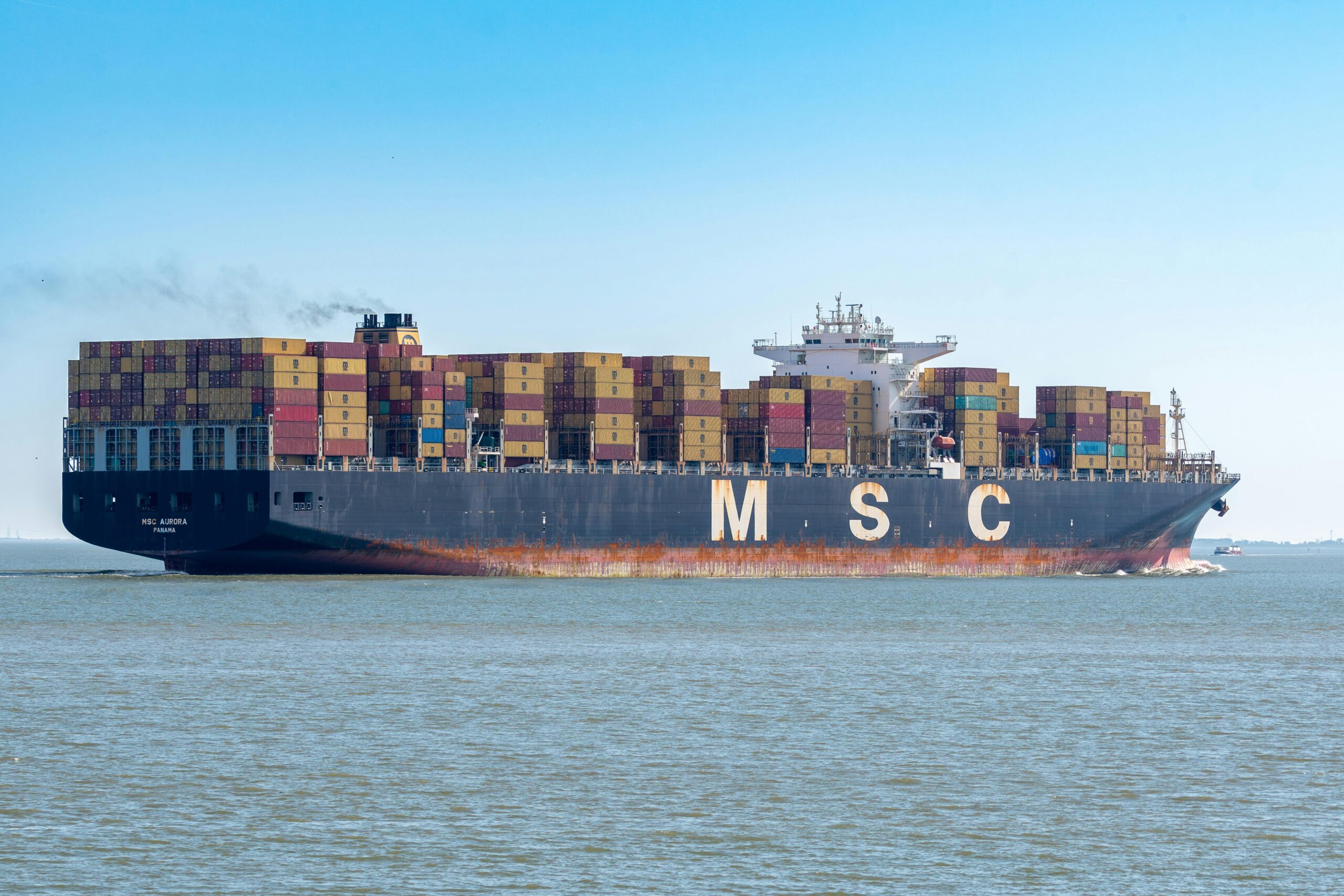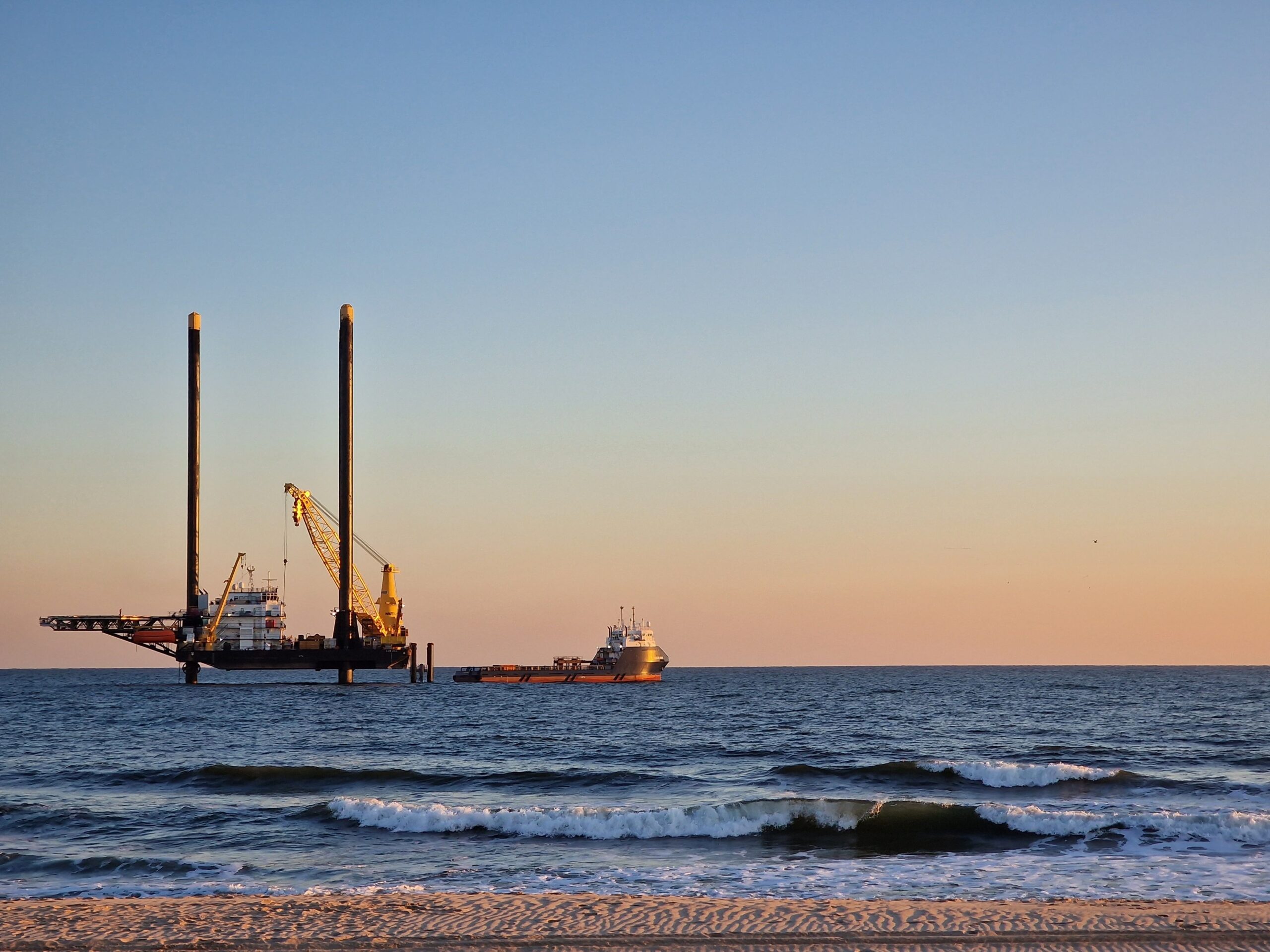This article is brought to you by Arnold & Itkin LLP.
It has been six years since El Faro steamed into Hurricane Joaquin, an act that sank the vessel and claimed the lives of the entire crew. 33 people lost their lives that ill-fated day. 33 families were torn apart, wondering why. Why had the 40-year-old vessel sailed into a storm she had no chance of weathering? Why hadn’t TOTE Maritime, the owner of El Faro, better maintained the ship? Why didn’t the captain alter course?
Today, we have the answers. But that does not make what happened any less horrific or inexcusable.
SS El Faro Steams Directly into Path of a Hurricane
Built in 1975 by Sun Shipbuilding & Drydock Company, the cargo ship eventually known as El Faro first launched as the Puerto Rico (1975-1991) and then Northern Lights (1991-2006).
She operated as El Faro from 2005 until she sank on October 1, 2015.
At 8:10 pm on September 29, 2015, El Faro left Jacksonville, Florida. She was headed for San Juan, Puerto Rico with a load of 391 shipping containers, about 294 trailers and cars, and a crew of 33 people. Hurricane Joaquin was still a tropical storm when El Faro departed, yet National Hurricane Center meteorologists predicted it would become a hurricane by the morning of October 1.
The course charted by El Faro’s captain, Michael Davidson, was supposed to keep the ship safe by staying south of the storm. 10 hours after departing, however, El Faro was steaming ahead at 20 knots and had deviated from her plotted course. Klaus Luhta of the International Organization of Masters, Mates & Pilots said that Captain Davidson headed directly into the storm’s path. Joaquin was classified as a hurricane on the morning of September 30. It increased in intensity until it was classified as a Category 3 hurricane at 11 pm that day.
El Faro did not make it through.
The vessel’s final relayed position, according to Reuters, was approximately 23.52°N 74.02°W at 7:56 am on October 1, which would place it within Joaquin’s eyewall—the area immediately outside the eye of the storm and the most dangerous, destructive part of a hurricane.
33 Lives Lost Due to Poor Oversight of an Unseaworthy Vessel
Every person on board El Faro was lost when the ship went down. 33 people left Jacksonville with every intention of arriving safely in San Juan, but they never saw their families again. While it’s true that Hurricane Joaquin sank the ship, her loss and the loss of the crew can be traced to specific decisions and actions that, if made differently, could have prevented this tragedy.
El Faro’s sinking marks the deadliest shipping disaster involving an American vessel in more than three decades. The National Transportation Safety Board (NTSB) conducted a 26-month investigation into the incident, detailing its key findings in the following report: Sinking of the U.S. Cargo Vessel El Faro – Illustrated Digest. This illustrated guide goes into considerable detail regarding El Faro’s course, where she met Hurricane Joaquin, the vessel’s layout, where and how cargo was held, and how the ship ultimately sank.
The NTSB found a laundry list of safety issues that contributed to the loss of El Faro and her crew:
- The captain “made decisions that put his vessel and crew at risk,” using outdated weather sources, making only minor course corrections to avoid the hurricane, and failing to return to the bridge or alter course after receiving three calls from deck officers.
- “Ineffective bridge resource management” by TOTE inhibited the bridge team’s ability to navigate the vessel effectively and safely instead of giving all authority and responsibility to the captain.
- “Inadequate company oversight” by TOTE, regarding not only its bridge resource management but also failures to formally train crewmembers, failures to track El Faro’s position relative to Joaquin, and failure to support the captain.
- El Faro had a “lack of suitable survival craft,” carrying only open lifeboats instead of Totally Enclosed Motor Propelled Survival Crafts (TEMPSCs), which are enclosed lifeboats. TEMPSCs have been required on all merchant vessels, container vessels, offshore platforms, floating installations, and drill ships built since 1983. Because El Faro was built before this requirement was in place, the vessel still had older lifeboats. These were not capable of saving the crew.
- “Flooding in cargo holds,” “loss of propulsion,” and “downflooding through ventilation closures” give rise to doubts of the vessel’s seaworthiness. A combination of factors jeopardized the integrity of El Faro and, exacerbated by Joaquin, caused the vessel to sink. An open scuttle and ventilation closures allowed water to flood into the cargo hold, loose vehicles in hold 3 likely caused damage to El Faro’s fire pump system, and a port heel likely triggered a shutdown of the main propulsion engine.
- Lack of a proper “safety management system” by TOTE, which contributed to the officers’ and crew’s inability to ensure that the correct procedures were carried out when the ship encountered Joaquin. A proper damage control plan would have equipped the crew with the procedures and plans needed to prevent and handle flooding, propulsion loss, and heeling.
In all, the NTSB issued 63 safety recommendations in its full El Faro accident report.
Arnold & Itkin Finds Justice for El Faro Widows
After El Faro sunk, the families of her lost crew didn’t know what to do or where to turn. Three of the crew members’ widows came to Arnold & Itkin for help. The firm’s maritime attorneys took on the case and got to work, successfully holding TOTE accountable. Arnold & Itkin secured confidential settlements for each widow to ensure their families were taken care of for life.
El Faro’s sinking may have been an accident caused by the sheer power of Mother Nature, but it was preventable. Yes, El Faro’s captain sailed her into the heart of Hurricane Joaquin. That shouldn’t have happened in the first place, but the 40-year-old vessel stood no chance. TOTE claimed that, “The El Faro was a well-maintained vessel…” but one former crew member stated, “It was a rust bucket…that ship wasn’t supposed to be on the water.” Another former crew member said it had rust everywhere and that the cook’s room constantly leaked water.
Had TOTE taken proper measures to ensure the seaworthiness of the vessel and the implementation of safety standards, more carefully monitored the ship and her captain, and given the crew better ways of addressing the hazards presented by Hurricane Joaquin, El Faro and her crew might still be with us today.

 Join The Club
Join The Club











